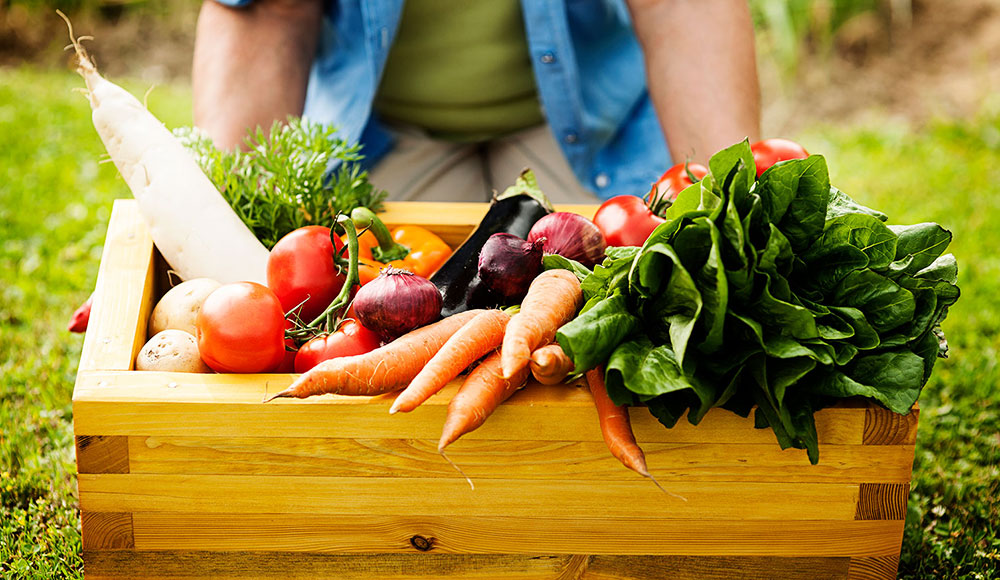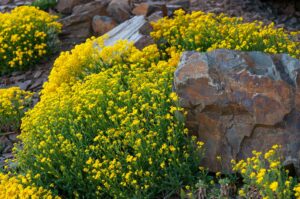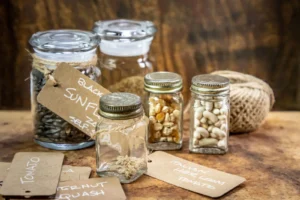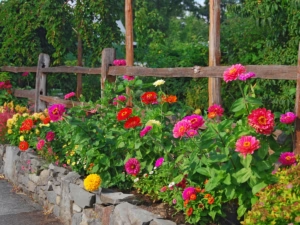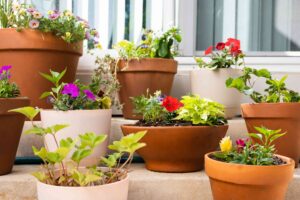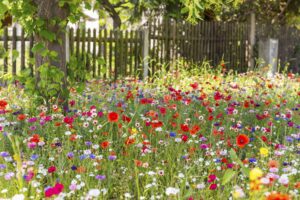What is a Vegetable Garden Yield Calculator?
The term “plant yield” refers to the amount of produce you can expect from your plants, which largely depends on the spacing requirements and the area available for planting. A vegetable yield calculator helps you estimate the potential output based on your chosen crop and the number of rows you plan to cultivate.
Vegetable Yield Calculator
| Calculate Your Expected Yield and Required Area | |
|---|---|
| Expected yield per square meter (kg/m²): | |
| Required length (m): | |
| Required width (m): | |
| Required area: | 0 m² |
| Expected yield: | 0 kg |
As we shift towards sustainable living, your gardening skills may soon take center stage. The harvest yield calculator can guide you on your journey to growing your own vegetables 🥕 and even crafting a delicious salad from your homegrown produce! 🥗
Choosing the Right Crop in the Calculator
Selecting the right crop is crucial for a successful garden. Your choice of corn, along with other crops, should align with your consumption habits, regional climate, and the expected yield rates.
Here are some popular high-yield plants to consider:
- Tomatoes 🍅
- Peppers 🌶️
- Corn 🌽 (Check out our specialized corn yield calculator!)
- Beans
- Peas
- Cucumbers 🥒
These are just a few options available in the vegetable yield calculator, allowing you to see how different crops might perform in your garden.
Factors to Keep in Mind
While planning your garden and measuring potential plant yields, consider the following:
- Water Requirements: Different crops have varying water needs and frequencies, so plan accordingly.
- Lawn Considerations: If you enjoy having a lawn surrounding your vegetable garden, consider these tips:
- Use our grass seed calculator to estimate how many seeds you’ll need for your lawn area.
- Alternatively, you might opt for pre-grown sod instead of sowing grass from seed.
- If you’re growing grass, don’t forget to keep a lawn mower handy for maintenance.
- For larger lawns, letting some cattle 🐄 graze could be a fun option!
FAQs about Vegetable Gardening
- What is an average home garden size?
While there’s no strict rule for determining the average size of a home garden, here are some general guidelines based on family size:
- Individual: 100 sq. ft.
- Couple: 200 sq. ft.
- Average family (3-4 members): 300-500 sq. ft.
- Large family (5+ members): 600-800 sq. ft.
- Very large family (8+ members): 1000+ sq. ft.
- How many broccoli plants should we plant per person?
To estimate the number of broccoli plants needed for your garden, a typical recommendation is 2-4 plants per person. For example, if you have a family of four, consider planting around 15 seedlings to ensure everyone has enough. - What is the ideal vegetable garden size?
There is no one-size-fits-all answer for the ideal vegetable garden, but a good starting size for beginners is 6×6 feet. This size allows you to experiment with various crops and progressively refine your gardening skills. - What size should a raised vegetable bed be?
For a raised vegetable bed, a popular height is 11 inches, which provides adequate drainage for most crops. The width can vary, but a width of 3-4 feet is generally recommended, allowing easy access for planting and maintenance. - How often should I water my vegetable garden?
The frequency of watering depends on the type of plants, soil condition, and climate. Generally, most vegetables need about 1 inch of water per week, either from rainfall or supplemental irrigation. - What vegetables are best for beginners?
Some of the best vegetables for novice gardeners include radishes, lettuce, carrots, and tomatoes. These crops are relatively easy to grow and yield quick results, boosting your confidence as you start gardening. - How do I know when my vegetables are ready to harvest?
Each vegetable has specific signs of readiness. For instance, tomatoes should be fully colored, while carrots can be harvested when they reach a desired size. It’s important to research each vegetable for its unique harvest indicators. - What pests should I watch out for in my vegetable garden?
Common pests include aphids, caterpillars, and beetles. Regularly inspecting your plants and implementing preventative measures, such as companion planting or natural repellents, can help protect your garden. - Can I grow vegetables in pots?
Yes, many vegetables can thrive in pots, especially if you have limited space. Choose containers that are at least 12 inches deep and wide enough to accommodate the root system of the plants you select. - What type of soil is best for vegetable gardening?
A well-draining, nutrient-rich soil is ideal for vegetable gardening. A mix of topsoil, compost, and organic matter can create a fertile environment for healthy plant growth. Conducting a soil test can also help you understand your soil’s nutrient levels.
These FAQs should provide valuable insights as you embark on your gardening journey, helping you cultivate a successful and productive vegetable garden!
